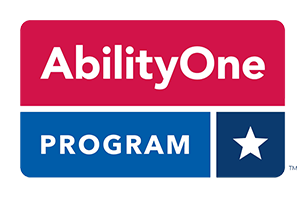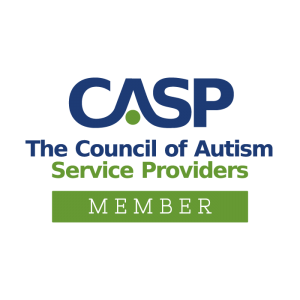Tips for filing taxes that include a person with disabilities
Tax season is upon us and if you, or a dependent, have a disability, you are entitled to a variety of tax credits and deductions. Not only can these deductions eliminate your income tax liability, they can also provide you with an additional refund if you follow a few simple tips.
Before we move on to the various tips you can use to your advantage when filling with a disability, you should refer to the IRS’s official publications for specific disabilities and the deductions that go along with those disabilities. Click here for more information.
The IRS classifies disabilities as either of the following:
- a physical or mental disability (for example: blindness or deafness) that functionally limits your being employed, or
- a physical or mental impairment (including, but not limited to, a sight or hearing impairment) that substantially limits one or more of your major life activities, such as performing manual tasks, walking, speaking, breathing, learning, or working.
- ABLE Account (Achieving a Better Life Experience). Disabled individuals and their families are eligible to set up a special savings account called ABLE which gives disabled people the ability to save money to help pay for their expenses without jeopardizing government assistance. Friends and family can contribute up to $14,000 per year in the account.
- Earned Income Tax Credit. For those who have a disability but also work, they may qualify for the The Earned Income Tax Credit (EITC) if they make a low income. You do not have to owe or pay federal income taxes to qualify.
- Medical expenses. Those with a disability who itemize their deductions can deduct their medical expenses. Out-of-pocket expenses not covered by insurance, as well as premiums can be deducted.
- Larger Standard Deduction. Sometimes, a disability may enable you to get a larger standard deduction. For instance, those who are legally blind may be entitled to this.
- Dependent care credit. If you pay someone to take care of a dependant, you can take a credit of up to 35 percent of daycare costs while you are working or looking for work.
- Lump-sum SSDI Payments. Many times, SSDI payments are sent in lump-sum form, and it can take years to receive them. The IRS allows taxes on the lump-sum to be spread over previous tax years using the current-year tax return.
There are many deductions and tax credits that the government allows that are simply not be used enough. Many of these deductions are overlooked, and those who have disabilities or take care of someone with disabilities are losing out on money they could be receiving back from the government. Be sure to read through the IRS publications to ensure this doesn’t happen to you!








